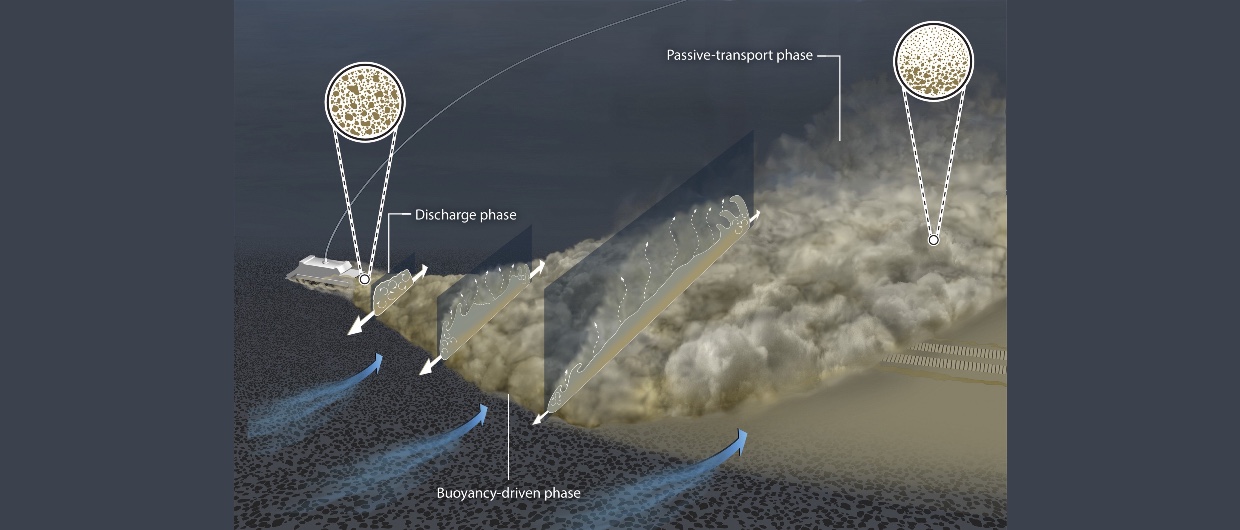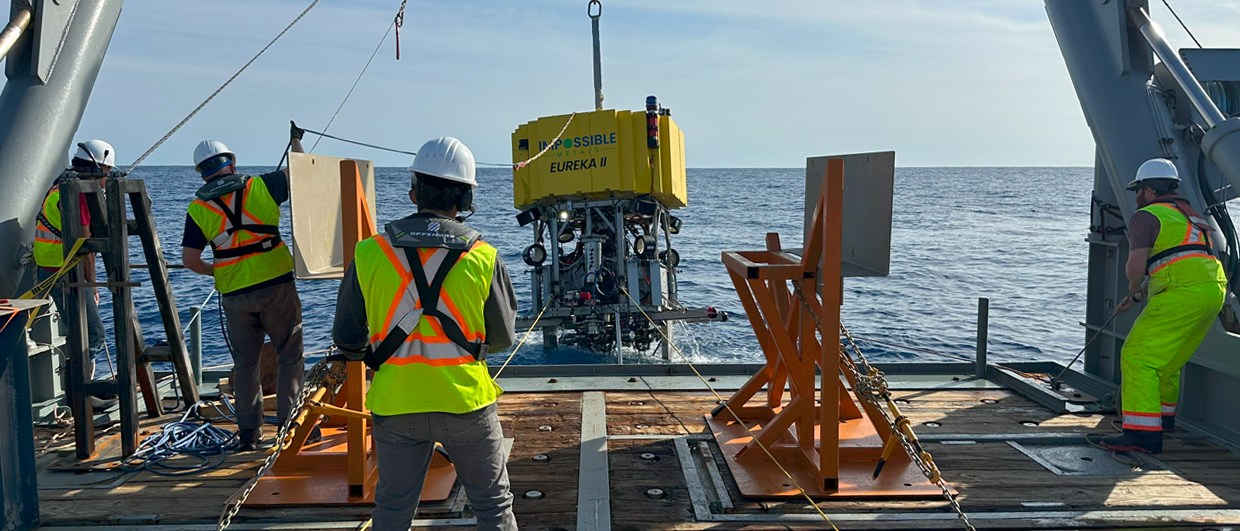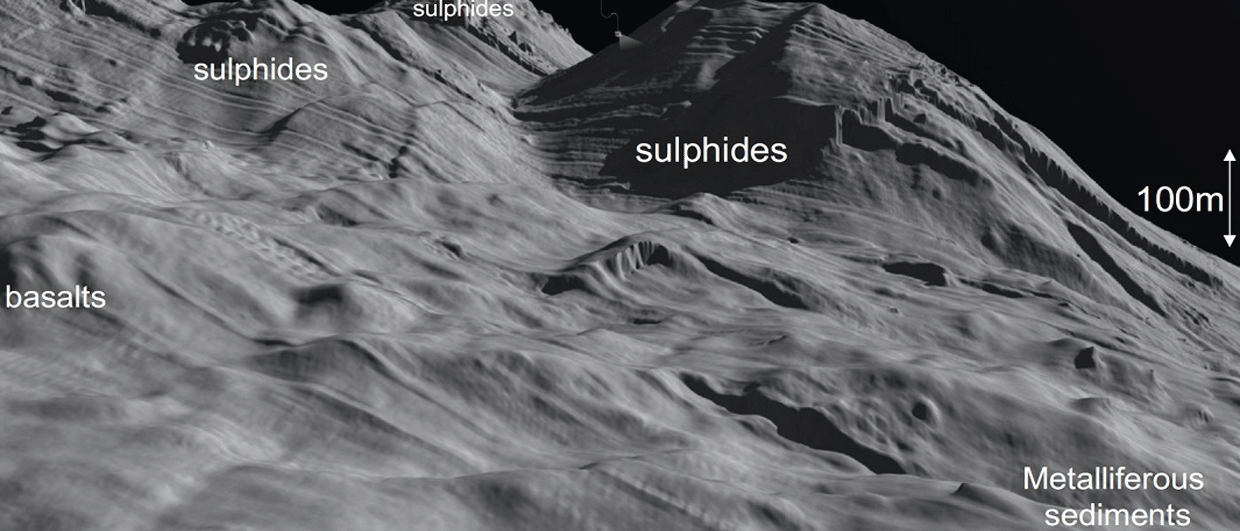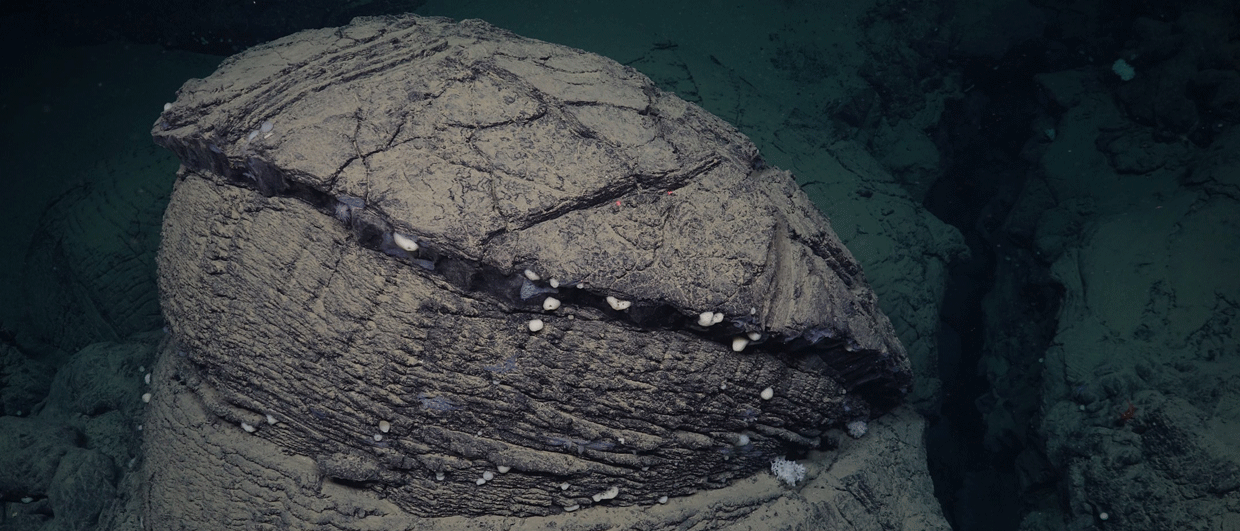Plume dispersion is not solely a matter of distance from the mine site, physical processeses are also important”, said Thomas Peacock, professor at Massachusetts Institute of Technology (MIT) at the Underwater Minerals Conference (UMC) in Rotterdam in October.
One of the key environmental issues concerning deep-sea mining, whether it’s polymetallic nodules, crusts, seafloor massive sulfides, or something more exotic like REE-enriched muds, is how mining equipment and activities on the seafloor may stir up sediments and produce plumes.
In 2021, a pre-prototype nodule collector (Patania II) was tested by Global Sea Minerals Resources (GSR). The trial was performed at 4,500 meters depth in the Pacific Ocean’s Clarion-Clipperton Zone,
which is considered the largest nodule field in the world where several state-backed companies currently hold exploration licenses.
Plume monitoring was performed by utilising instruments on the mining vehicle, on AUVs, and at fixed locations (moorings) at some distance from the mining test site. The various instruments recorded plume directions, heights, speeds, and densities while the collector was moving along the seafloor on a pre-planned path.
Last year, the MIT and Scripps Institution of Oceanography team published results demonstrating that the majority of the sediments in plumes remained below two meters above the seafloor, spread laterally for some tens of minutes, and then settled on the seafloor. The observations contrasted the general belief that the suspended sediments may rise higher into the water column and travel many kilometers.
However, it is too early to claim that the behaviour of plumes is well understood. Peacock stated that plumes are influenced by multiple physical processes, as he pointed to the mooring observations as an example. Not surprisingly, the moorings located downstream of the prevailing ocean bottom current detected the plumes at certain points in time following the test mining operations. However, a mooring located “up-stream” of the mining site also detected a plume, meaning this particular plume moved against the current as a turbidity current powered by gravity. That is why Peacock underscored the need for integrated monitoring and high-resolution near-field modelling of potential mining sites to assess the potential contribution of turbidity currents.





